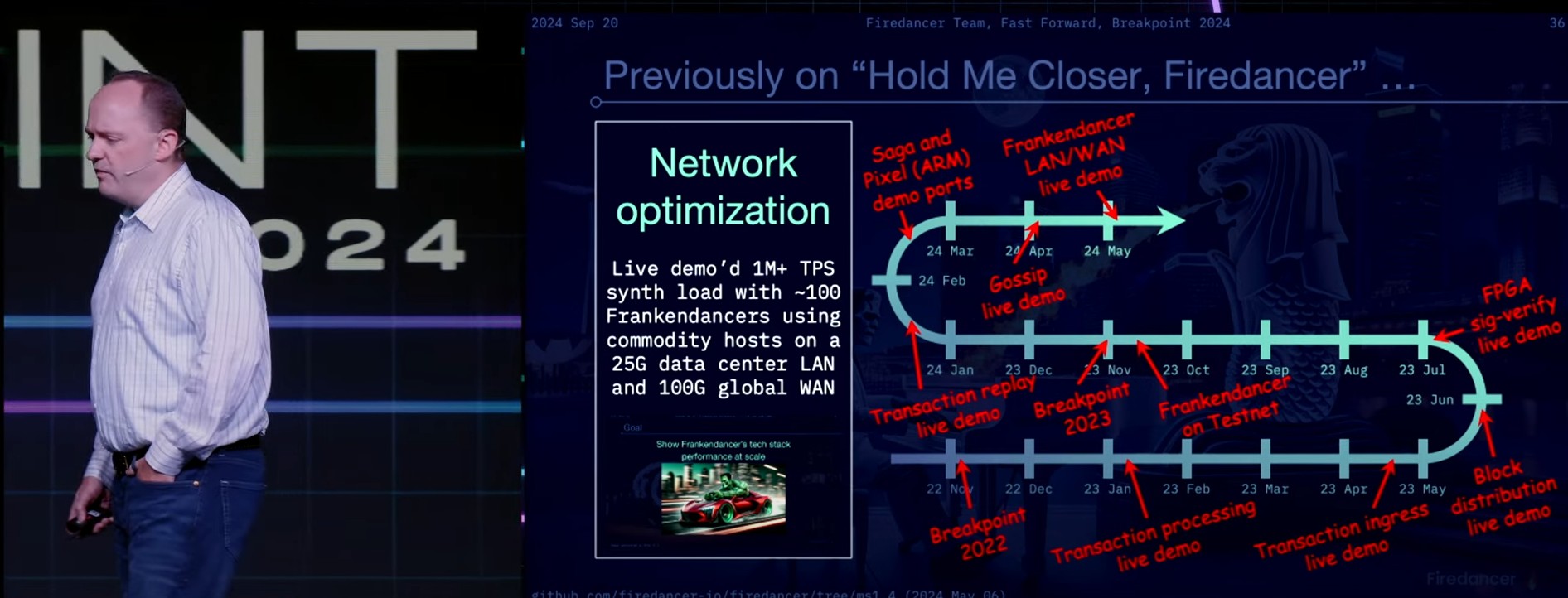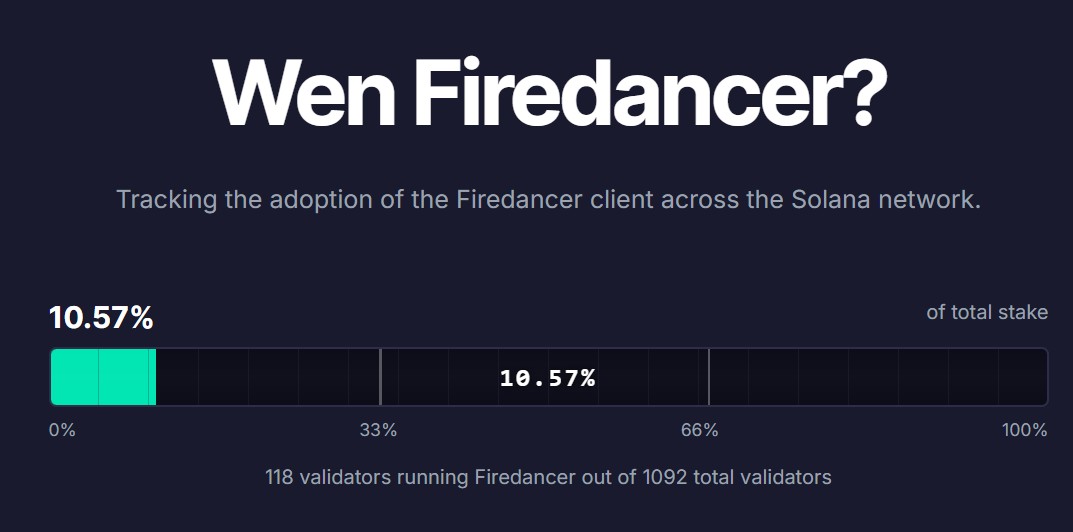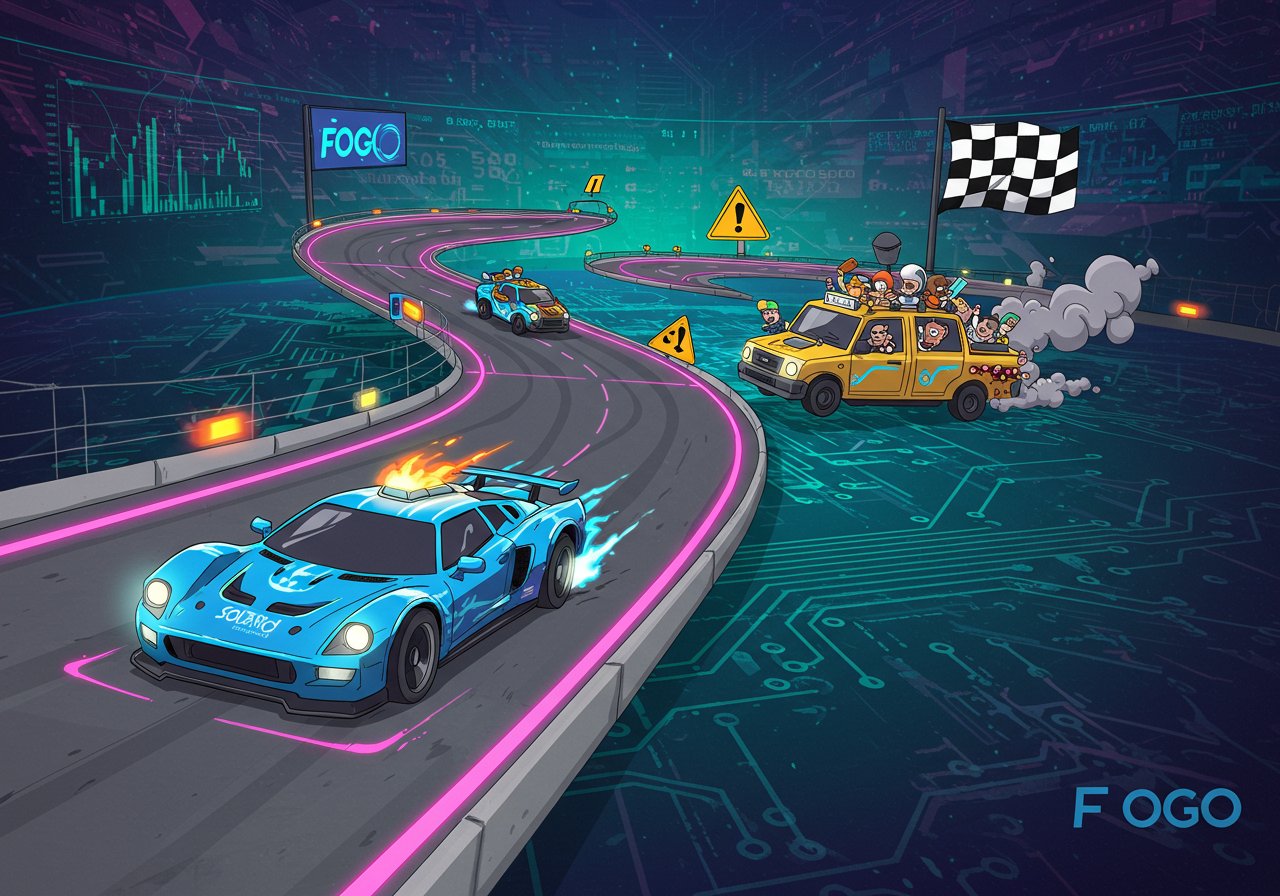
Solana‘s Firedancer: A Speed Demon in Chains?
Solana‘s highly anticipated next-generation validator client, Firedancer, promises a significant leap in transaction speeds and reduced latency. However, the very architecture of Solana, designed for robust decentralization, may inadvertently be holding back Firedancer‘s true potential. This has led to an intriguing experiment: testing Firedancer‘s capabilities on alternative, Solana-compatible chains that prioritize speed over global validator distribution.
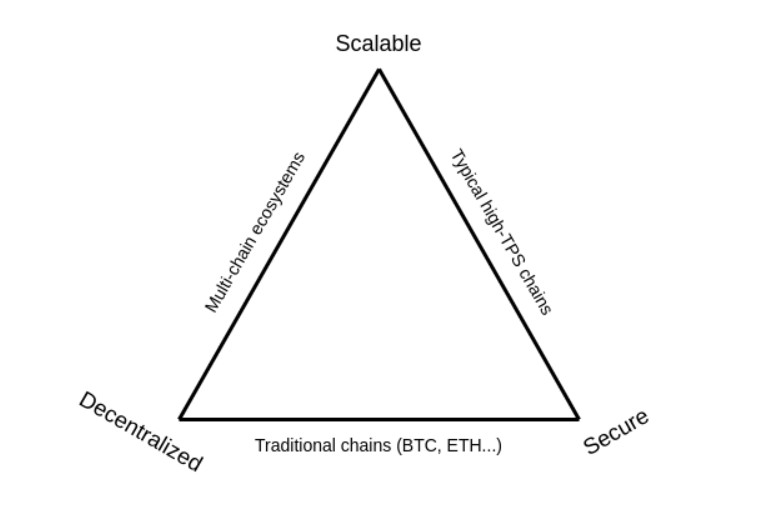
Frankendancer: Hybrid Approach and Trade-offs
Enter Frankendancer, a hybrid validator setup developed by former high-frequency trader Douglas Colkitt. Frankendancer, currently active on Solana, is gradually integrating Firedancer’s improvements. Simultaneously, Colkitt is a founding contributor at Fogo, a new blockchain built specifically to eliminate the constraints that impede Firedancer on Solana. Fogo’s genesis is built upon a clear premise: speed is the paramount objective. This approach necessitates trade-offs, particularly in the realm of decentralization. The team is essentially choosing to limit the geographic dispersion of validators, allowing for significantly faster block times. This divergence highlights a core tension in blockchain infrastructure: the perennial balancing act between decentralization and speed.
The Decentralization vs. Speed Dilemma
Solana’s commitment to a globally distributed validator set, while crucial for security and censorship resistance, inherently introduces latency. Data and consensus messages must traverse vast distances, impacting transaction speeds. Even with optimized software, Solana‘s block times hover around 400 milliseconds, too slow for certain high-frequency trading operations. For context, consider the demands of institutional traders; they need millisecond-level performance. In contrast, the decentralized perpetuals exchange Hyperliquid, a leader in the space, is pushing the boundaries of what’s possible, further highlighting the constraints of existing blockchain infrastructure. Fogo, by reducing validator node geographic dispersion, aims to achieve block times that are significantly faster than what Solana currently allows. This bold move, however, comes at the cost of a degree of decentralization.
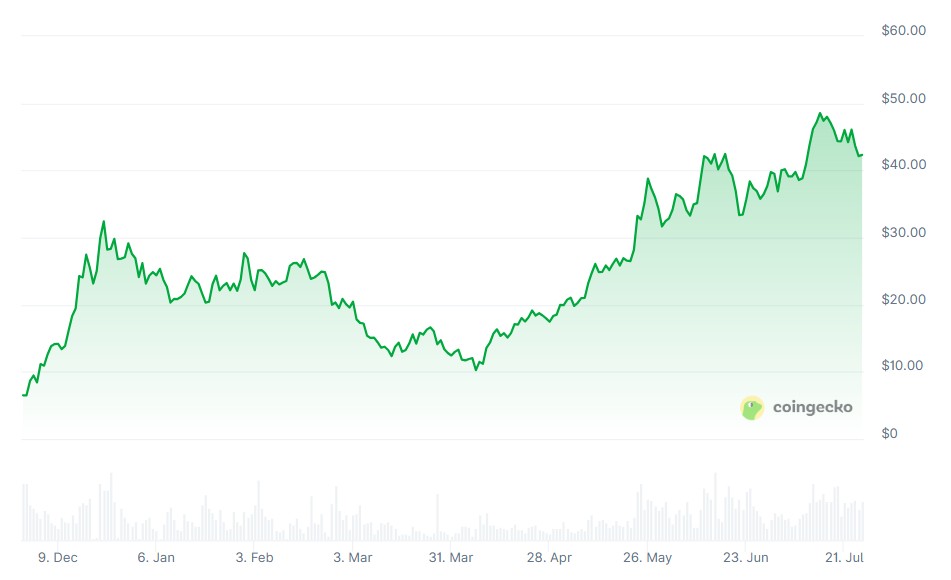
Fogo and the Future of Firedancer
Fogo‘s testnet launch marks the beginning of a new era. Its development leverages Solana-based technology and aims to serve as a compelling testbed for Firedancer‘s full capabilities. Fogo intends to transition fully to Firedancer, unlocking the full potential of the validator client and pushing the limits of what is achievable in terms of transaction speeds. For Firedancer‘s developers, this is about pushing the limits and seeking the highest levels of performance. With its anticipated mainnet launch in September, Fogo is aiming to deliver a blockchain experience optimized for speed. This willingness to compromise on decentralization showcases a larger trend in the crypto world; prioritizing performance, as it is a key factor for onboarding real-world financial products.
Beyond Solana: A Broader Perspective
The limitations of Solana, and the experimental spirit that has spawned projects like Fogo, highlights a growing awareness of the scalability trilemma. This framework suggests that blockchains must choose between decentralization, security, and scalability. Firedancer’s journey is not just about boosting Solana’s performance; it underscores an ongoing quest to build blockchains that are truly optimized for speed. The evolution of Firedancer, and the new blockchain experiments, offer a glimpse into the future of high-performance blockchain infrastructure.
